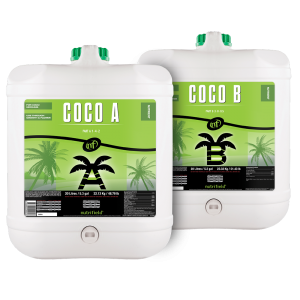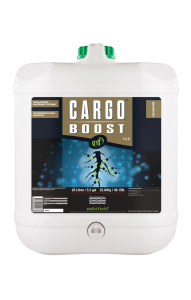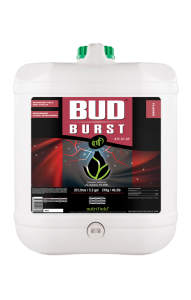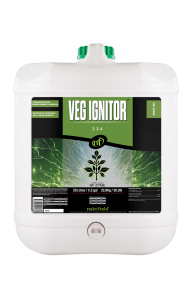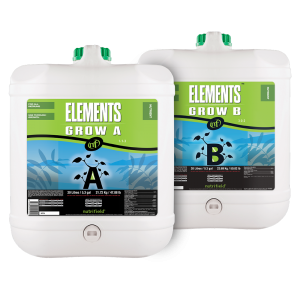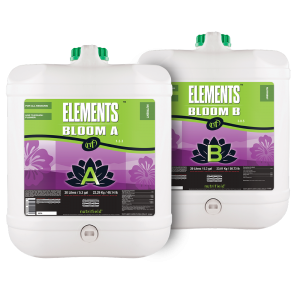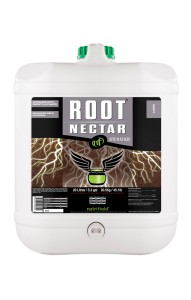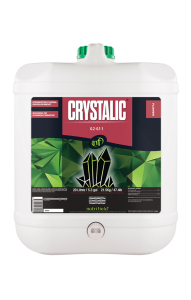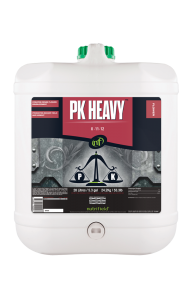We have an established team of enthusiastic scientists who are working on new and exciting products and undertaking novel plant research. We’ve asked them for their top 5 tips for hydroponic growing so that you get the most out of your crop.

1.) Carefully inspect your plants regularly. It is much easier to correct a nutrient deficiency or treat a disease if you catch it early. Monitor the colour and patterns of leaves for signs of nutrient deficiencies, check the undersides of leaves for pests such as aphids or mites, and check the surface of your solid growing media for fungus gnats. Your plants will also show signs if something in your set up isn’t quite right, for example long inter-nodal length, burnt or wilted leaves, or a dry substrate may all be tell-tale signs that you should change your set up.
2.) Don’t believe everything on the internet. While the internet is a fantastic resource for a quick fact check or preliminary query, it is important to consider the sources of the information. Forums can be very misleading, and while two people may think they have the same problem – due to local environmental, geographical, or legal reasons, what worked for one person may not necessarily work for somebody else. Cross reference between multiple sources – peer reviewed journal articles and magazines are likely more reliable, but you should always confer with your local hydro store, they will ask you the right questions and understand the local climate.

3.) Be patient. Whether you are waiting for your crop to grow or preparing nutrients – patience is key. Hydroponic growth does tend to be faster than conventional outdoor soil growing but there is a biological limit to how quickly you can expect results. The grow cycles that are recommended have been rigorously tested and optimised so that you can be sure you are growing the best way to get the biggest crop. When preparing your nutrients, take care when adjusting the pH as overshooting your pH can cause irreversible nutrient loss. Particularly for beginner growers who might be making up smaller volumes of nutrients – pre-dilute a few drops of your pH adjustor in a small volume of water before adding it to your nutrients. Yes, it might take a few extra minutes to reach your desired pH, but you have much more control and won’t end up at pH 10 because you accidentally slipped with the bottle.

4.) More nutrients won’t necessarily mean bigger yield. Beginner growers may be tempted to blast their crop with super potent nutrients stacked with all the additives they can find. Don’t. Besides wasting your money, you run the risk of poisoning your plants (by overloading it with nutrients), establishing a harmful microbial population, and clogging pumps and sprayers. Unlike in soil systems, hydroponic nutrients provide nutrients to the plant in a super bioavailable form meaning that it has good uptake even at low doses, so adding more nutrients into your reservoir may not even make it into the plant. Follow the product usage instructions carefully and probably don’t go above EC 2.5. You’re better off changing your nutrients more regularly than trying to feed a stronger mix.
5). Ask lots of questions and don’t be embarrassed. Everyone was a beginner at some point – it is better to ask a question and learn how to do something properly than guess and do something wrong. Your local hydro store is the best place for you to get advice on all your particular questions.

